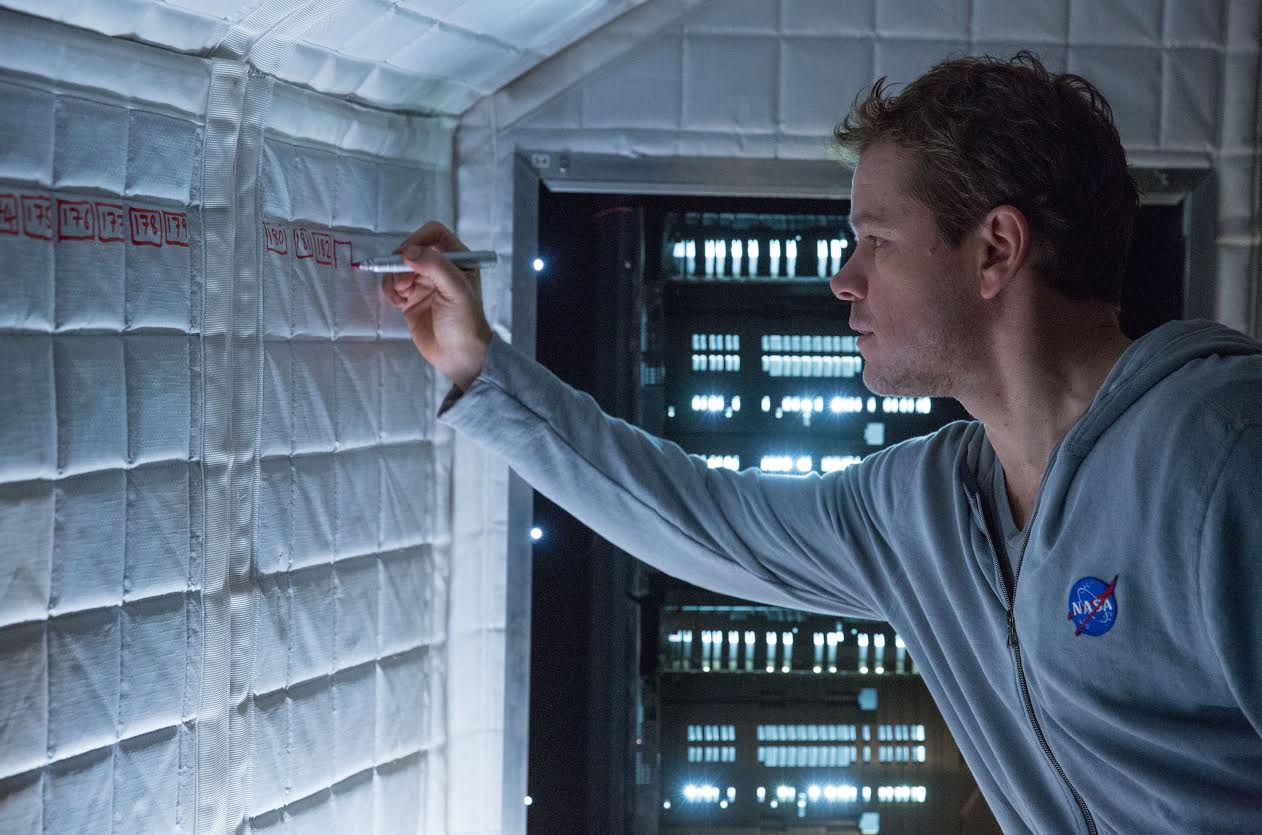My take on the MIT study.
Routine human missions to Mars would be much more efficient if they first swung by Earth’s Moon to pick up fuel for the trip, a new MIT strategic engineering study concludes. NASA’s 90’s-era mantra of “Back to the Moon and on to Mars” really does make sense, a new paper published in the Journal of Spacecraft and Rockets notes.
The idea is that a crewed mission to Mars would greatly save on fuel and launch costs if it first made an interplanetary pit stop at a space-based depot to pick up its needed fuel. In this case, such a depot would optimally be placed at the Earth-Moon Lagrange Point 2 (EML2), a point of gravitational equilibrium lying beyond the Moon’s far side.
The paper’s authors conclude that such a stop would reduce the mission’s initial launch mass into low earth orbit by as much as 68%.
